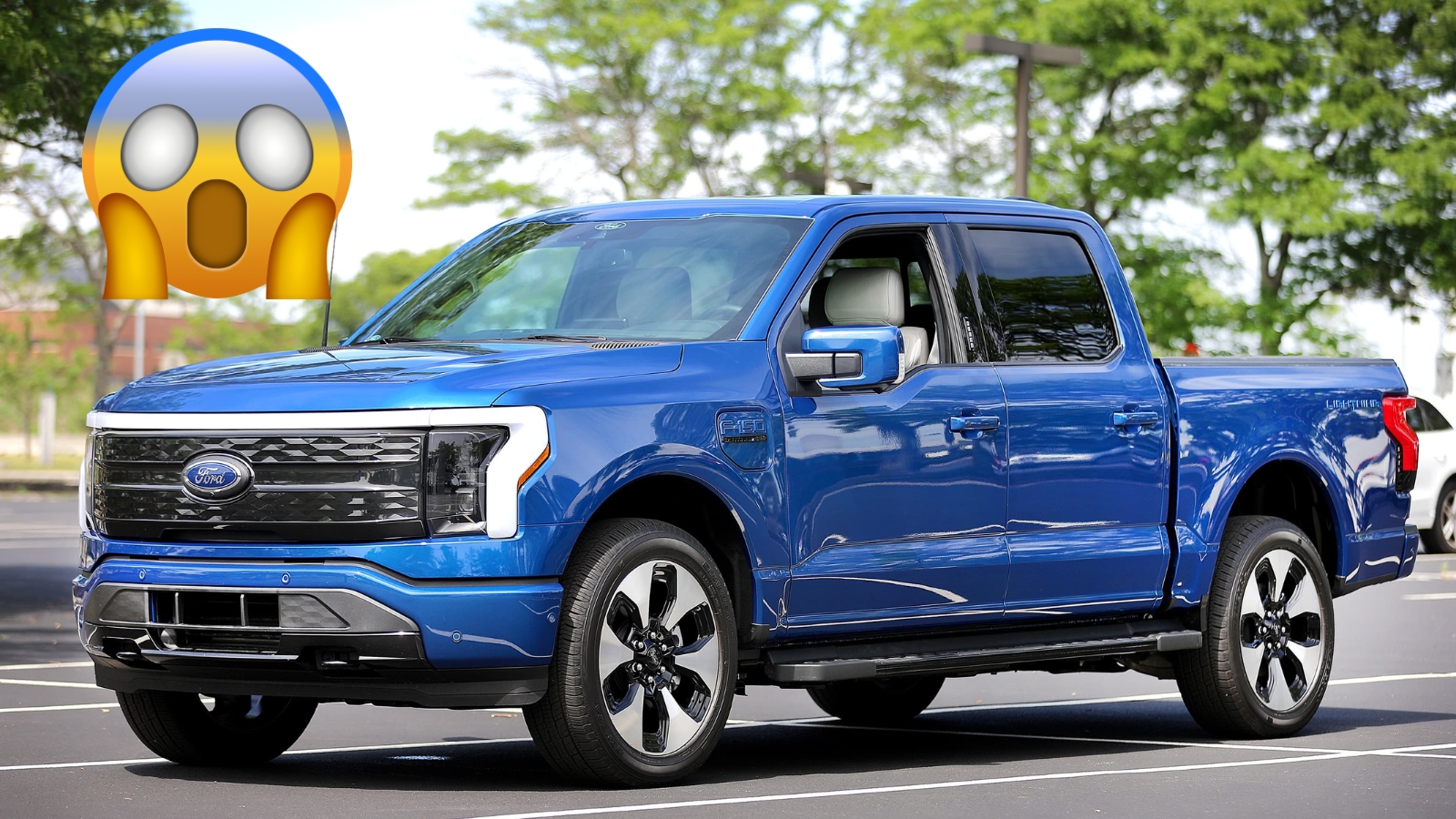Chinese manufacturer Foton has pushed back the launch of their highly anticipated Tunland V7 and V9 dual-cab utes in Australia. Originally slated for the first half of 2025, these Ford F-150 and Ram 1500 lookalikes won’t hit Australian roads until the third quarter of this year.
For Australian ute enthusiasts who’ve been waiting for fresh competition in the dual-cab market, this delay might feel disappointing. However, it could also mean Foton is taking extra time to ensure these vehicles meet local expectations and regulations properly.
The Delay Details
Inchcape, the Australian distributor handling Foton alongside brands like Subaru and Peugeot, hasn’t provided specific reasons for the pushback. The company is still accepting registrations of interest through their website, promising early updates and exclusive launch information to those who sign up.
This isn’t Foton’s first rodeo in Australia. The brand previously sold the original Tunland here from 2011 until 2019, when it was discontinued due to emissions compliance issues. That rocky history might explain why they’re being more cautious this time around.

What Makes These Utes Different
Design Philosophy
The two Tunland models share identical underpinnings but target different buyer preferences. The V7 channels Ford F-150 styling cues and focuses on being a straightforward workhorse. Meanwhile, the V9 takes inspiration from Ram’s bold design language and prioritizes comfort alongside capability.
Technical Specifications
Both utes pack a 2.0-litre four-cylinder turbo-diesel engine enhanced by a 48-volt mild-hybrid system. This combination should deliver better fuel efficiency than traditional diesel-only setups while maintaining the torque characteristics Australians expect from their work vehicles.
The towing capacity hits the sweet spot at 3,500kg – matching what most dual-cab buyers consider essential for boat trailers, caravans, and work equipment.
Comparing the V7 and V9
| Feature | Tunland V7 | Tunland V9 |
|---|---|---|
| Styling Inspiration | Ford F-150 | Ram 1500 |
| Rear Suspension | Leaf springs (durability focus) | Coil springs (comfort focus) |
| Target Buyer | Traditional workhorse users | Premium comfort seekers |
| Positioning | Practical, no-nonsense | Refined, SUV-like comfort |
Shared Specifications
Both models feature identical dimensions with a 3,355mm wheelbase and approximately 5,540mm overall length. This positions them between the popular Ford Ranger and the full-size F-150, potentially offering more space than mid-size competitors without the parking challenges of American-sized trucks.
The tub dimensions look impressive too – 1,560mm long, 1,650mm wide, and 530mm deep. That’s actually larger than a dual-cab Ranger XL, which could appeal to tradies needing maximum cargo space.
Technology and Equipment
Based on overseas markets where these utes are already available, expect decent technology levels. The South African specifications include 18-inch wheels, a 12.3-inch digital dashboard, and a large 14.6-inch infotainment screen with smartphone connectivity.
Safety equipment should include multiple airbags and advanced driver assistance features described as “Level 2.5” autonomous driving aids.
Market Positioning Strategy
Competition Landscape
The Australian dual-cab market is fiercely competitive, dominated by established players like Ford Ranger, Toyota HiLux, and Isuzu D-Max. Foton’s challenge lies in convincing buyers to consider a Chinese alternative over these proven performers.
Pricing Expectations
While Foton hasn’t released Australian pricing, the company needs to be competitive to gain market share. Given the features and capabilities on offer, expect positioning somewhere in the mid-to-upper dual-cab price range.
What This Means for Buyers
The delay gives potential customers more time to research alternatives and compare options. It also allows Foton to observe market reactions and potentially adjust their approach based on feedback from interested buyers.
For those seriously considering a Tunland, registering interest makes sense. It costs nothing and ensures you’ll receive updates about specifications, pricing, and availability as soon as they’re announced.
Foton’s cautious approach this time around suggests they’re serious about establishing a lasting presence in Australia. The electrification component, while mild, shows awareness of market trends toward more efficient powertrains.
Whether these utes succeed will largely depend on pricing, dealer network establishment, and most importantly, reliability in Australian conditions. The dual-cab market is unforgiving toward brands that can’t deliver on durability promises.
Frequently Asked Questions
Q: When will Foton Tunland utes be available in Australia?
A: Launch is now scheduled for Q3 2025 (July-September), delayed from the originally planned first half of 2025.
Q: What’s the difference between V7 and V9 models?
A: V7 focuses on traditional workhorse capability with leaf springs, while V9 offers SUV-like comfort with coil spring suspension.
Q: How much can these utes tow?
A: Both models offer 3,500kg braked towing capacity across 4×2 and 4×4 variants.
BYD Shark 6 Won’t Fit Trays Yet, But Cab-Chassis Variant Is Due
